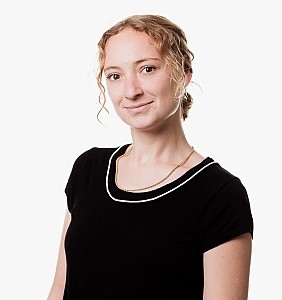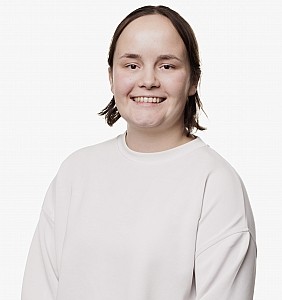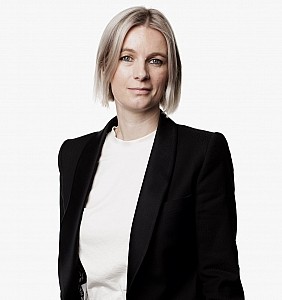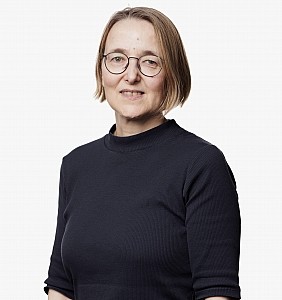When does a Patent Application protect your innovation: the concept of Provisional Protection
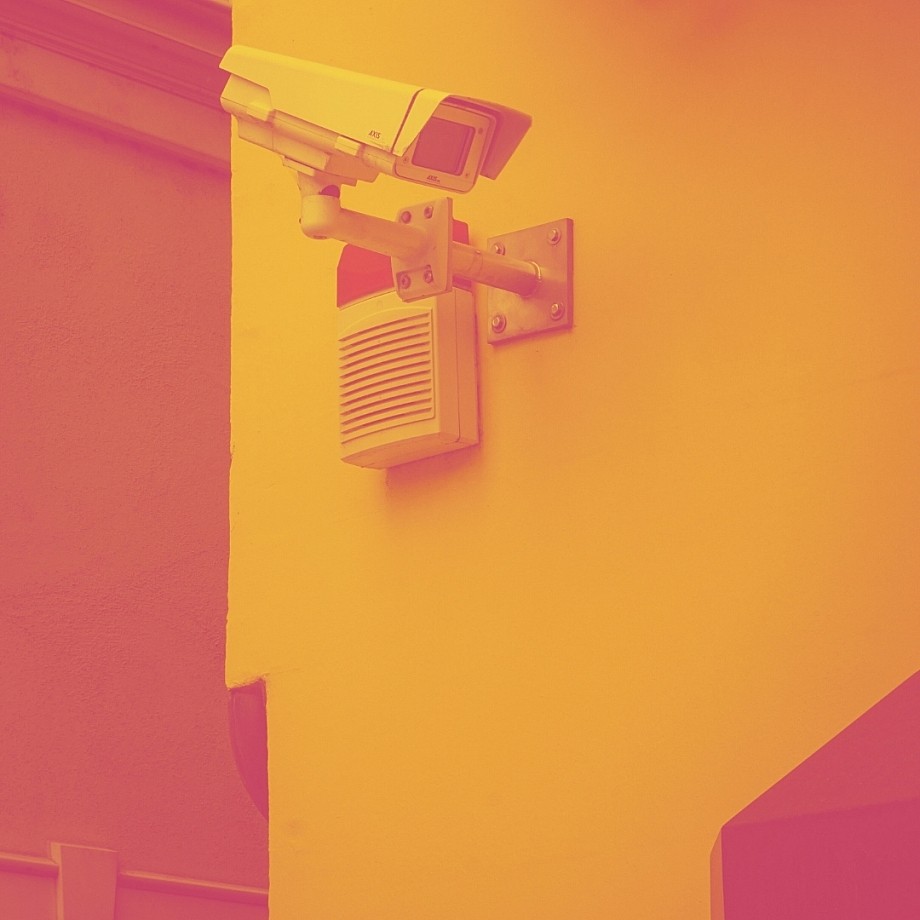
After filing a patent application, two questions arrive almost immediately:
“When is our product protected?”
“When can we act against an infringer?”
These are crucial questions. A granted patent gives its owner the exclusive right to stop others from making, using, selling, or importing the invention in the countries where the patent is in force. But until the patent is granted, those rights are not yet enforceable in court.
Still, a patent application is not powerless while pending. In many jurisdictions, including Europe and the United States, patent applications enjoy a form of provisional protection after publication. This mechanism ensures that you may later be compensated for infringing acts that occurred while the application was still being processed.
Below, we explain how provisional protection works—and how you can make the most of it.
1. When does provisional protection start?
Provisional protection begins after the European or US patent application is published. This normally occurs 18 months from the earliest priority date. If needed, early publication can be requested.
2. What is the scope of the provisional protection?
The scope of provisional protection is based on the claims as published, but only to the extent that the granted claims remain identical or narrower.
In Europe, under Article 67(4) EPC, any later broadening of the claims will not apply retroactively to the provisional phase.
In the United States, 35 U.S.C. § 154(d)(2) similarly limits compensation to acts that would infringe both the published and granted claims, provided they are “substantially identical.”
This means that narrowing amendments are acceptable—but if you later broaden your claims, provisional protection will not apply to that broader scope.
3. What Rights Can You Enforce Before Grant?
While you cannot bring an infringement suit until the patent is granted, both Europe and the U.S. allow for retroactive compensation for infringing acts committed after publication and before grant.
Whether and how you can enforce this right depends on national procedural law. Focusing on Europe and the USA, here are some additional rules and requirements:
Europe (EPC and Unitary Patent)
You may claim reasonable compensation for use of the invention from the date of publication, provided that the granted patent covers the same subject matter.
National laws determine how this compensation is calculated—some apply a royalty-based model, others use a lost profits analysis.
Some EPC member states (such as Spain and Poland) require a translation of the claims into an official national language before provisional rights take effect. This translation must either be made public according to national rules, or served directly to the alleged infringer. There is no fixed deadline, but you can only claim compensation in that country once the translation requirement has been met.
USA
Under 35 U.S.C. § 154(d), you may be entitled to a reasonable royalty for infringing acts occurring between publication and grant—but only if two conditions are met:
- Actual notice: You must have informed the infringer about the published application and specifically identified the infringing activity.
- Claim identity: The claims in the granted patent must be “substantially identical” to those in the published application.
Also note: U.S. damages are subject to a six-year limitation period under § 286, counting back from the date a lawsuit is filed.
4. What Happens If the Application Is Abandoned or Refused?
If the patent application is withdrawn, refused, or abandoned, no enforceable rights ever arise from provisional protection—even if the application was published. The right to retroactive compensation only exists if a patent is ultimately granted.
5. What About the Unified Patent Court and Unitary Patents?
If you opt for unitary effect after grant of a European patent, provisional protection applies across all participating UPC states, just as it does in individual EPC states. The same rules regarding publication, translation (where applicable), and retroactive compensation apply.
6. Key Actions for Applicants
To benefit from provisional protection, proactive steps matter:
- Consider early publication to accelerate your rights if time-to-market is critical.
- Track claim amendments to ensure provisional coverage isn’t lost due to broadening.
- File translations promptly where needed to trigger national rights.
- Provide written notice to potential infringers.
- Monitor competitor activity to build a record for later enforcement or licensing discussions.
Final Takeaway
Provisional protection offers important legal leverage during the patent application phase—even though it doesn’t let you sue just yet. By understanding the requirements and planning ahead, you can build a solid foundation for future enforcement and potential compensation.
Want to know how this applies to your technology or market? Don’t hesitate to reach out—we’ll guide you through the practical steps.
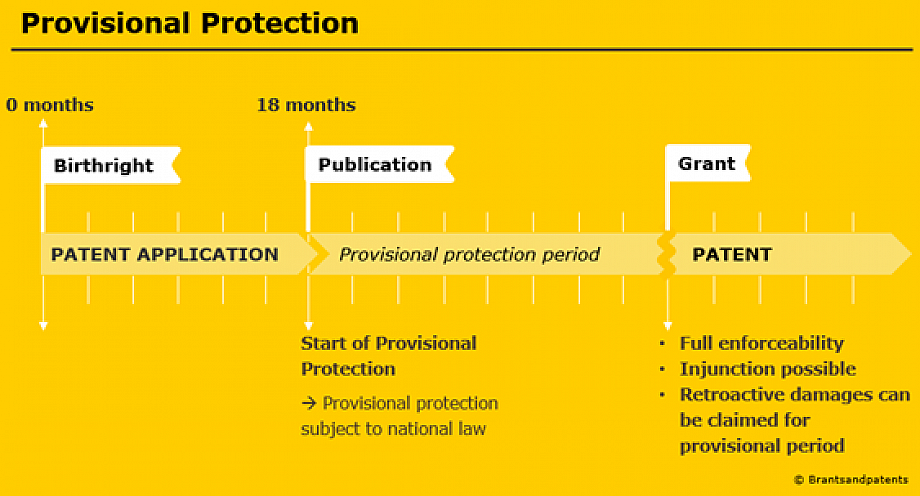
Do you have a question?
We would be happy to assist you.
Make an appointment with one of our experts.
Rest assured, you're not alone.
Feel free to browse through the FAQ and don't hesitate to
contact us if you still have any doubts.

